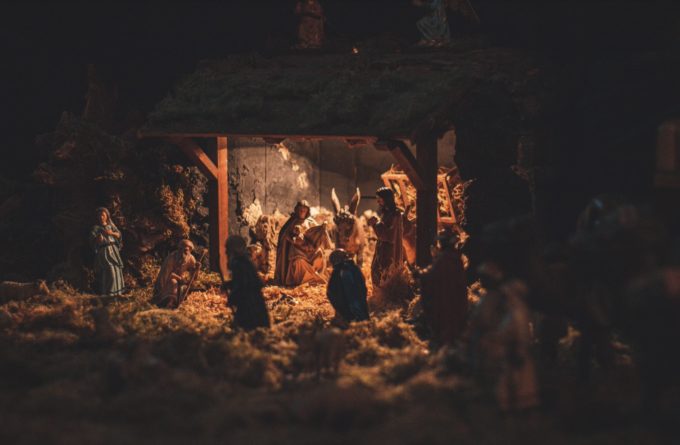
Woodring v. Jackson County, Indiana: Seventh Circuit Permits Nativity Scene on Government Property
By Mariah Bellamoroso – Edited by Caleb Kim
Woodring v. Jackson County, Indiana, No. 4:18-cv-00243 (7th Cir. Feb. 2, 2021), opinion hosted by USCourts.gov.
Earlier this month, a divided Seventh Circuit panel held that a county courthouse’s annual nativity display did not violate the First Amendment’s Establishment Clause, rejecting the Supreme Court’s three-part test from Lemon v. Kurtzman (1971) in favor of the “historical practices” rule the Supreme Court set out in American Legion v. American Humanist Ass’n (2019).
Indiana’s Jackson County Courthouse has hosted an annual nativity holiday display on its lawn since 2003. After a 2018 complaint about the display’s religious nature, the county added secular holiday elements to the display, but did not remove the nativity creche. Rebecca Woodring, an atheist resident of Jackson County represented by the ACLU of Indiana, brought suit seeking to enjoin the display. In May 2020, the district court for the Southern District of Indiana granted an injunction, ruling that the nativity scene conveyed a religious endorsement in violation of the Establishment Clause.
On appeal, the Seventh Circuit panel reversed the district court finding and vacated the injunction. Judge Amy St. Eve, joined by Judge Diane Wood, expressly rejected the test set out in Lemon, in which the Supreme Court held that legislation providing public funding for religious schools violated the Establishment Clause. Lemon had defined a three-part test under which government actions must 1) have a secular purpose, 2) have principal effects that neither advance nor inhibit religion, and 3) not foster excessive government entanglement with religion.
More recently, in American Legion, the Supreme Court held that a publicly owned cross-shaped World War I memorial did not violate the Establishment Clause. Though this holding did not overrule Lemon, it did establish the rule that long-standing monuments should be subject to “historical practices” analysis, under which religious symbols tied to historical traditions are entitled to a presumption of constitutionality.
Judge St. Eve held that American Legion, rather than Lemon, now controls in cases involving “religiously expressive monuments, symbols, and practices.” Because the County’s nativity display itself did not have deep historical roots, she concluded that it was not automatically entitled to a “presumption of constitutionality,” but nevertheless held that the display was constitutional under American Legion due to its origins in a broader “national tradition” of using similar scenes to celebrate Christmas as a public holiday.
In dissent, Judge David Hamilton criticized this broad reading of American Legion, pointing out that the Supreme Court had not overruled Lemon, nor come to a majority consensus on the proper framework to apply to religious displays in general. He concluded that “in its entirety,” the County’s nativity display unconstitutionally “sends a strong message of government endorsement of Christianity.” Due to its departure from circuit precedent, the majority’s opinion was circulated to all circuit judges for a vote on whether to rehear the case en banc, but the vast majority declined.
Becket Law, a conservative advocacy group focused on religious freedom, celebrates the decision as a win for “community holiday celebrations,” while the Freedom from Religion Foundation echoes Judge Hamilton’s dissent in criticizing the decision’s use of historical analysis to justify public sponsorship of religious symbols. The Seventh Circuit is the fourth federal circuit to date to interpret American Legion to allow public displays of religious symbols, marking a larger trend of increased leniency towards government involvement in religious practices than was previously permitted under the First Amendment.